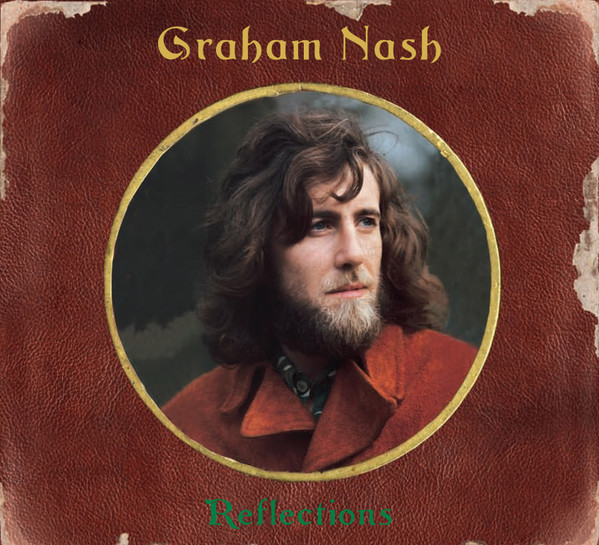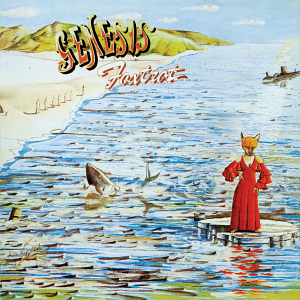It’s another Joy Division album with a title that could be taken any number of ways, the most common assumption being that it was intended to combat bootlegs. Indeed, the other two sides collected studio outtakes, mostly from the time of the first album and subsequent singles, but none of their extraneous singles save one rare compilation track. (The eventual CD left out one of the live songs, unlisted on the LP to begin with.)
The outtakes are interesting in their own way, but it’s often clear why they were unreleased in the first place. It may well have been pointed out that the melody for “Something Must Break” is identical to the Perry Mason theme. Meanwhile, on “The Ice Age”, the repeated chorus “I’m living in the ice age” sounds more like “I’m really, really angry”. “The Sound Of Music” is the most recent studio cut, and naturally sounds more developed than the other tracks (with the possible exception of “Glass”, from the first sampler that included the band’s music). Allegedly the surviving members applied some “post-production” sweetening to these tracks, but they’re still pretty rough.
As a document, the live half does show off the energy of the band, while underscoring their drawbacks—the bass has no oomph, drums rush and slow down, fingers miss frets and the synth goes way off-key for a full minute of “Decades”. The rest is hit or miss, “Ceremony” starting halfway through, yet leading smoothly into “Shadowplay”. Perhaps it’s a stretch, but performances like “New Dawn Fades” and “Transmission” predict early U2. And it’s almost fitting that the last song of the show, “Digital”, was also one of the first songs they’d ever released, providing a true bookend for Ian’s career. (The studio half ends with an encore cover of The Velvet Underground’s “Sister Ray” from a month before; it’s pretty sloppy, but does show some humor when Ian makes a “Louie Louie” reference at the end.)
Since it was never intended to be the final Joy Division album, it shouldn’t be treated as such, but should only be considered as an addendum. And as New Order would evolve and dominate the ‘80s techno scene, the legend of Joy Division would only grow, and inspire further epitaphs. (Keeping with tradition, the eventual Collector’s Edition included an earlier 1980 concert and soundcheck on a bonus disc.)
Joy Division Still (1981)—3
2007 Collector’s Edition: same as 1981, plus 14 extra tracks




:format(jpeg):mode_rgb():quality(90)/discogs-images/R-4301978-1361153089-3872.jpeg.jpg)





